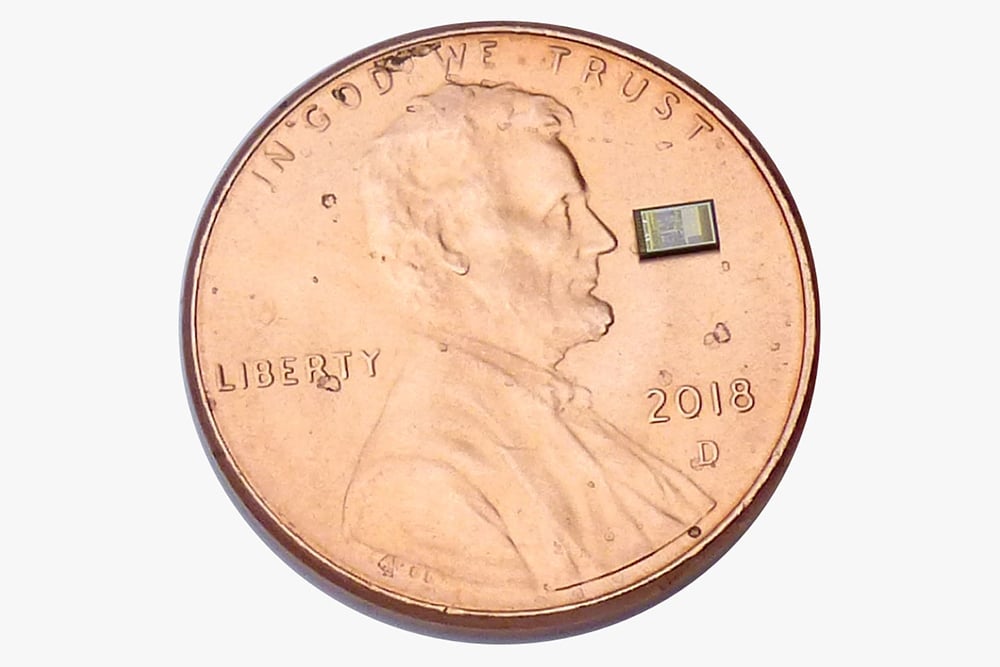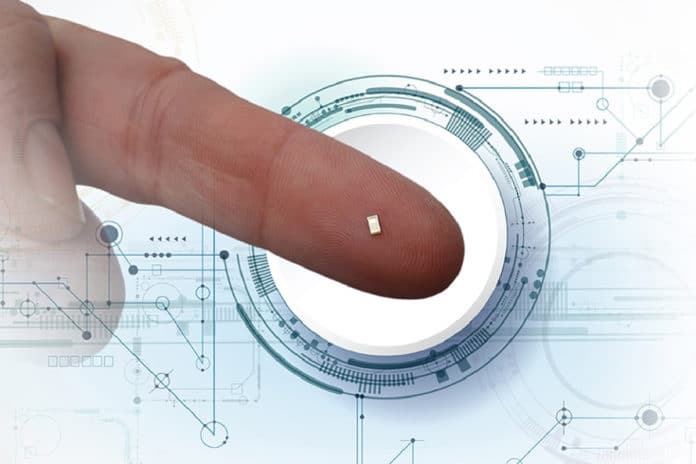In 2007, Apple revolutionized the smartphone market by wiping out the physical alphanumeric keyboard and making it a digital on-screen keyboard. And now it looks like next year we’ll have another revolution like this – we’ll start seeing smartphones launch without any physical buttons.
This is because on Tuesday (Dec 17), UltraSense System, a California-based startup, announced its first product that will replace the physical buttons with ultrasonic sensors that power virtual buttons.
The ultrasound sensor, called TouchPoint, is a tiny chip that captures touch and gesture. It provides sensory perception through any material regardless of its size and thickness, including metal, glass, wood, ceramics, and plastic. The creators see a revolutionary perspective in technology for the 5G era and the Internet of things.

The device has dimensions of 1.4×2.4×0.49 mm. In standby mode, it needs 20 µA of power. It works regardless of the manufacturer’s processor because all algorithms have been built into the sensor itself. It can be used both for simple tasks, as the switch on and off the smartphone, or to control the entire device; then, it is able to handle a multi-functional interface with various types of gestures and touches.
The idea is to allow manufacturers to be able to develop smartphones that do not require buttons for power and volume on the body of the device. One of the advantages of this change is, for example, making appliances more water-resistant. This is because to insert the physical buttons; it is necessary to create holes in the body of the device where these buttons will be located, which prevents making these devices really waterproof.
With the UltraSense chip, it will be possible to make the whole body of the smartphone a single solid mass, which will make the device even more water-resistant.
Besides, it reassures you that there is no risk that the phone in your pocket will be accidentally turned on. The sensor has been designed so that the signal diffuses in the air, so if the smartphone is in your pocket and the material of the pants rubs against it, the device is able to recognize what is happening and does not accept such a signal. TouchPoint can recognize many of these touch patterns. It is also able to identify the materials with which it is touched (fingers, gloves, cloth, etc.).
The technology has several applications, most notably the elimination of physical buttons on ‘smartphones.’ It can also function as a capacitive button on the side of the gaming mobile phone and can also be used for appliances, like connected vehicles (placing virtual buttons on the steering wheels or doors), Internet of Things (IoT), and medical devices.
UltraSense TouchPoint has already been tested by smartphone manufacturers and is ready for production from this December. The component is expected to be demonstrated during CES 2020 in January. For now, it is not known which of the first smartphones to drop the physical buttons. UltraSense wants to conquer the automotive market in the next 2-3 years.
